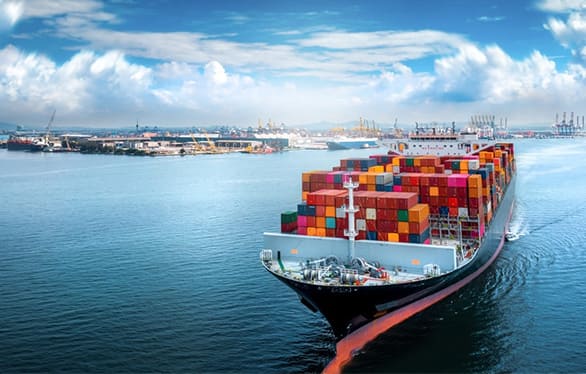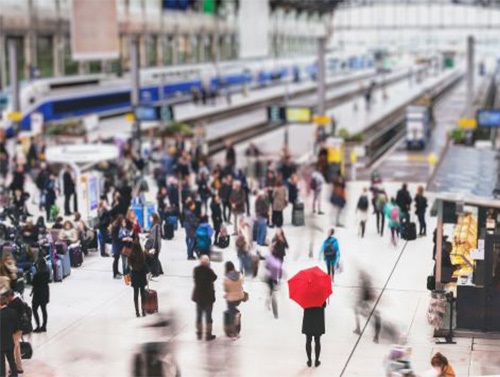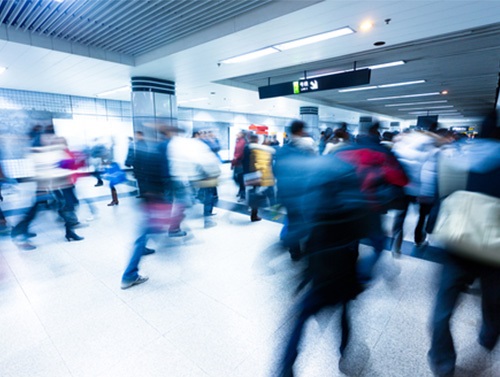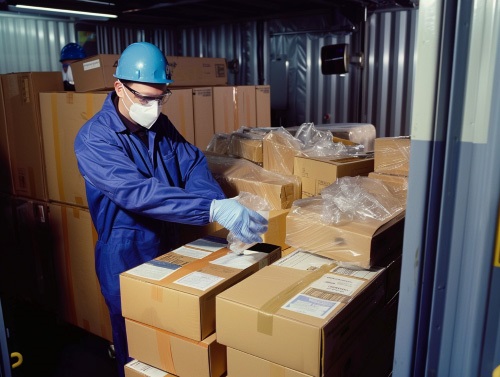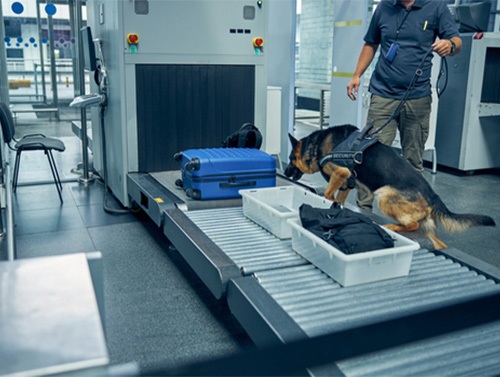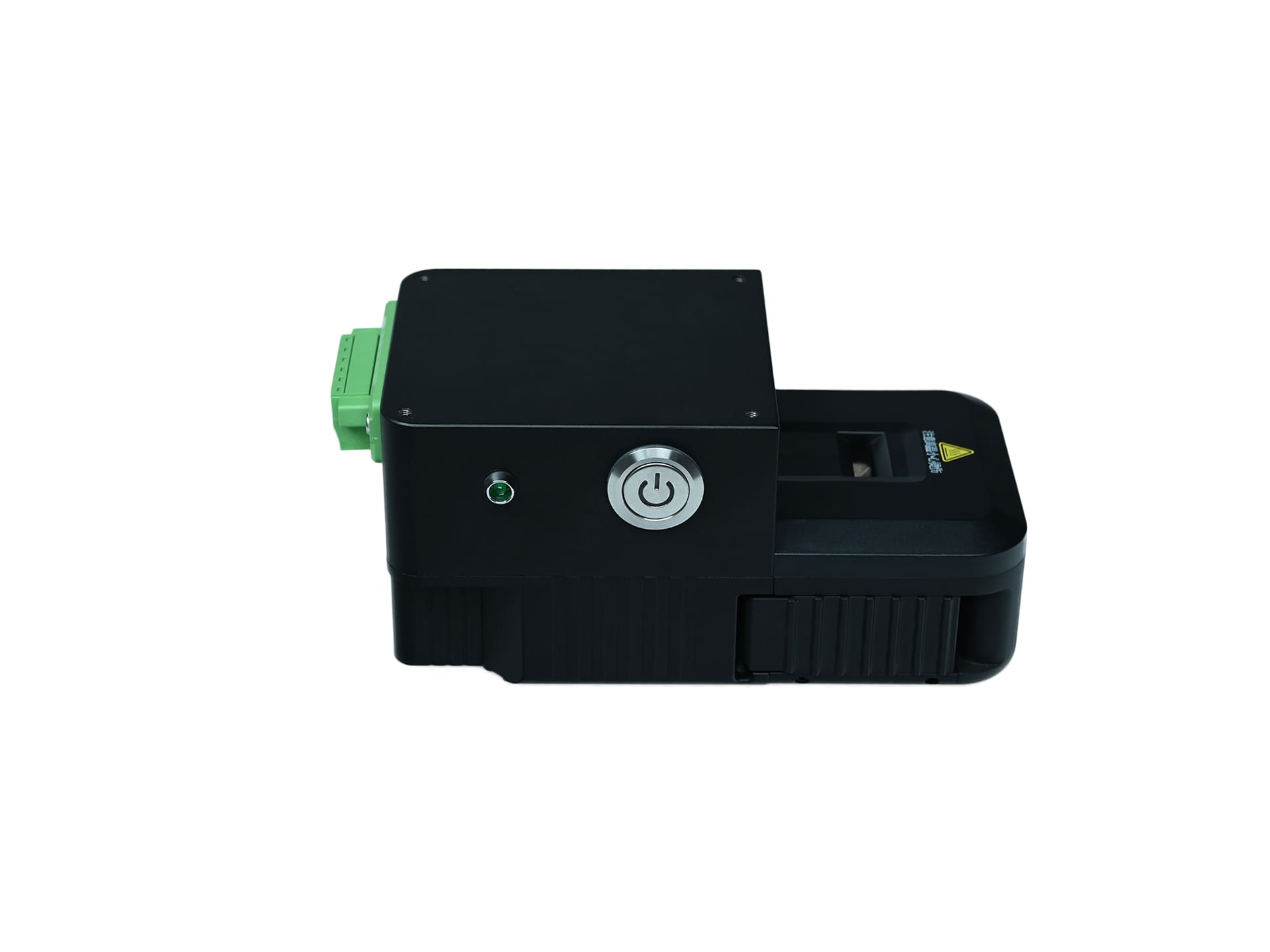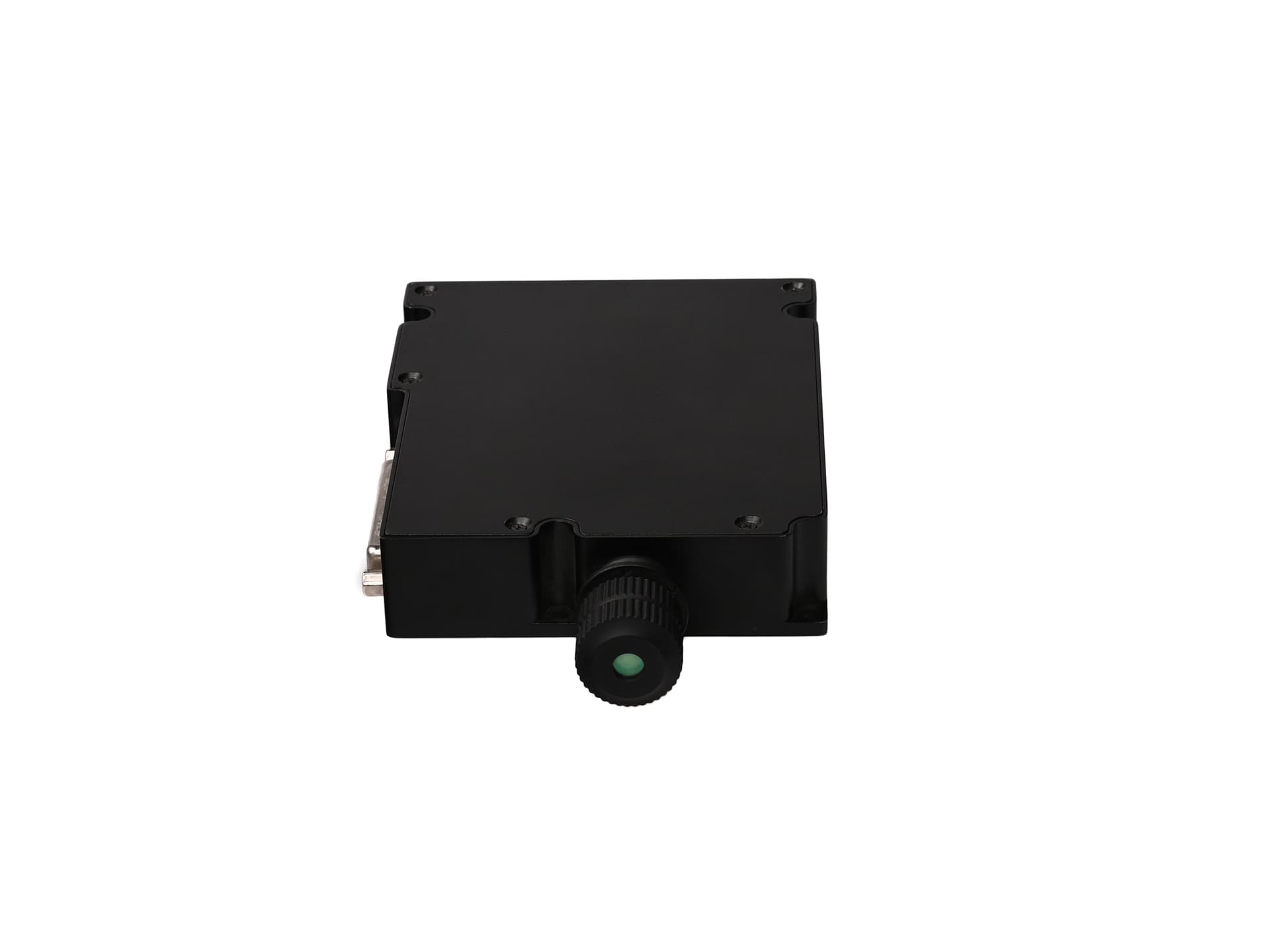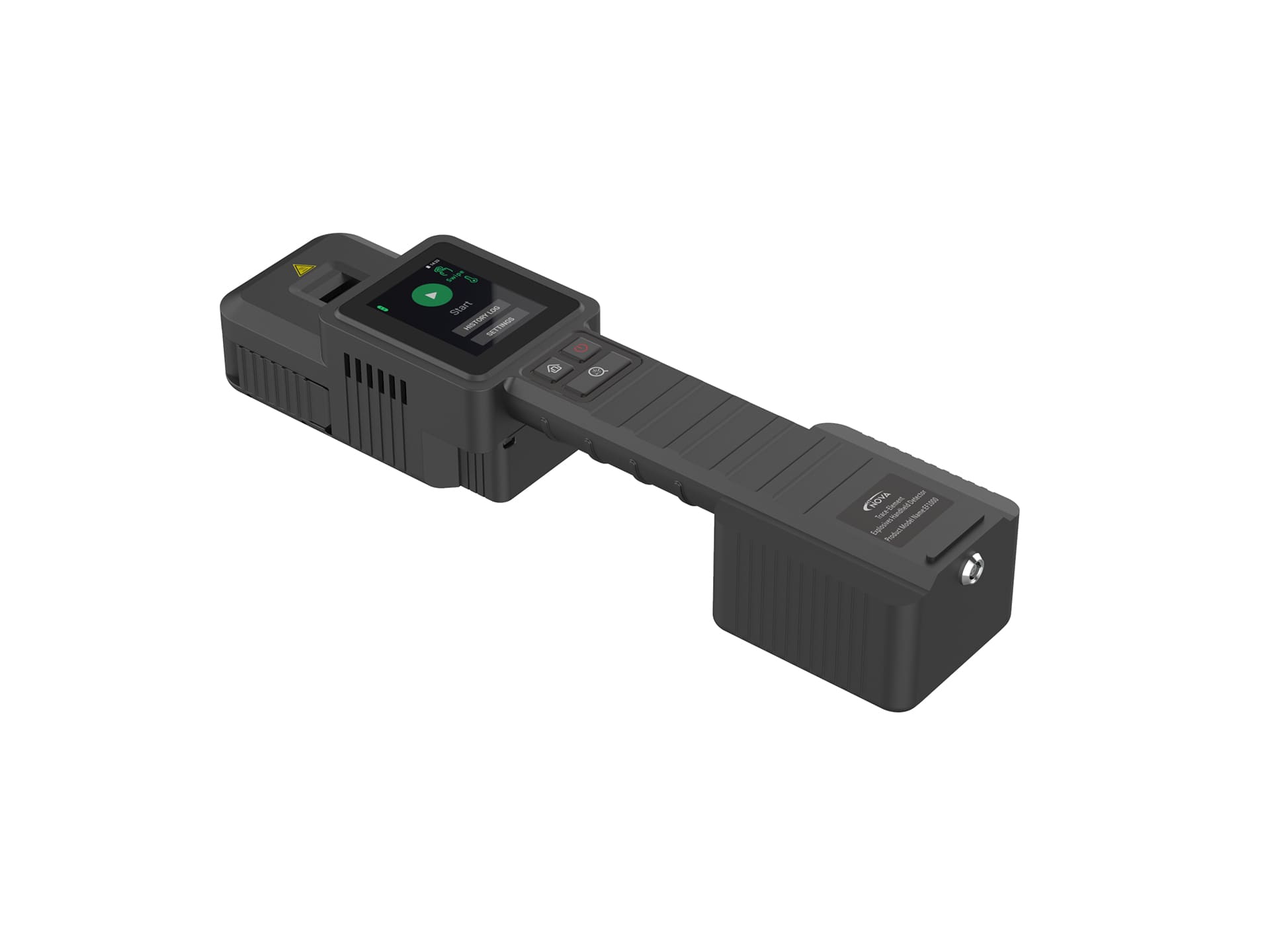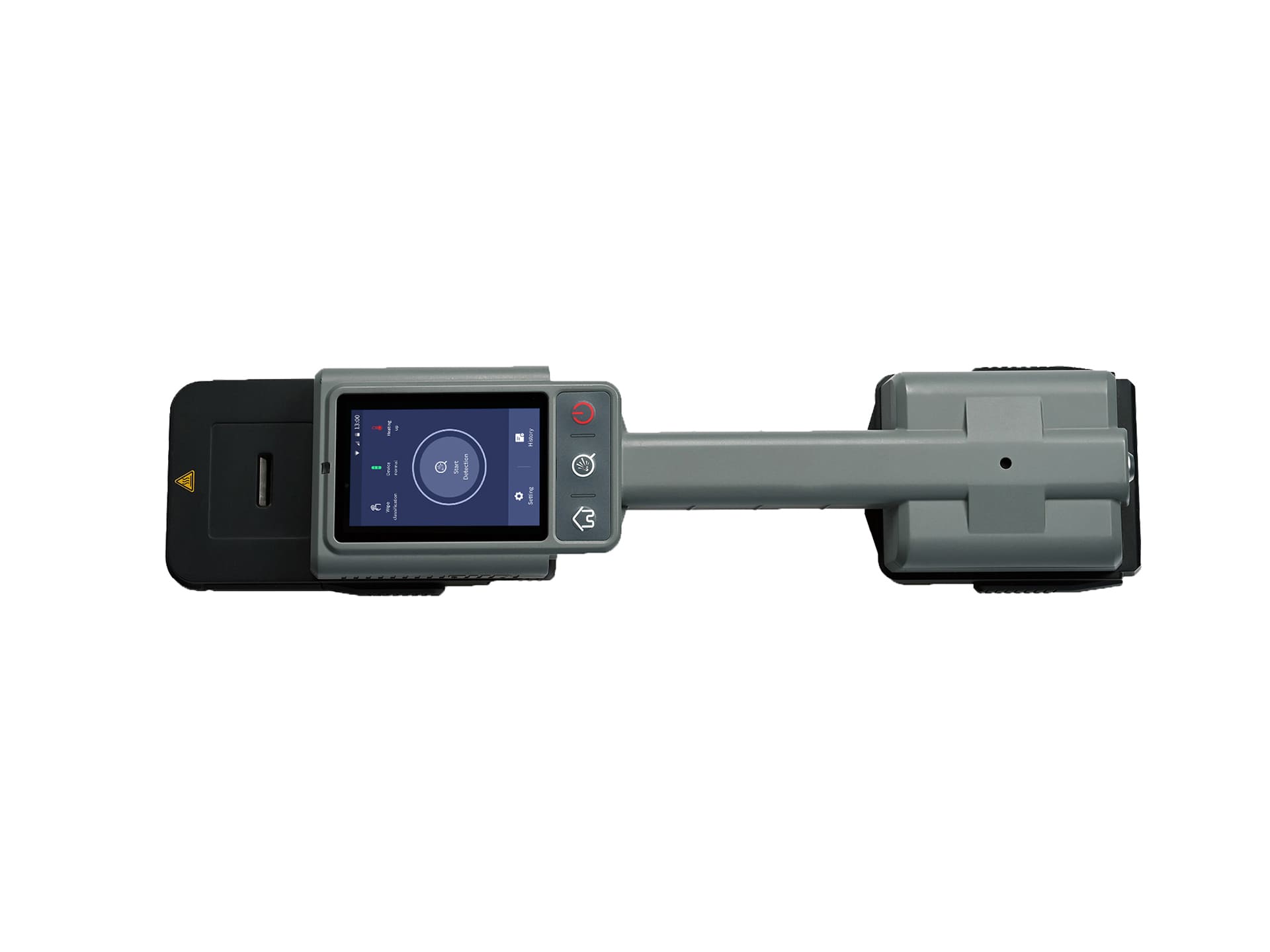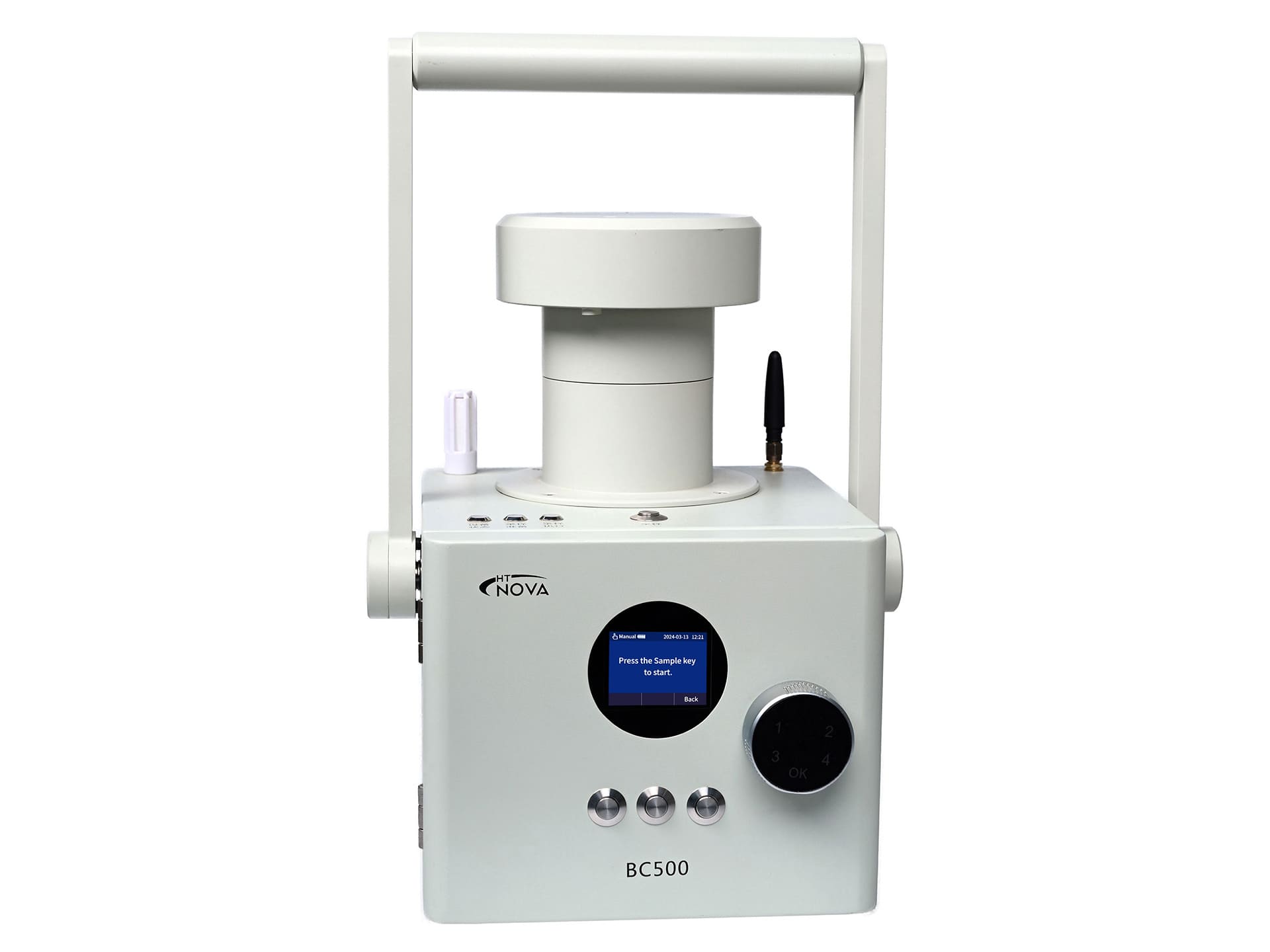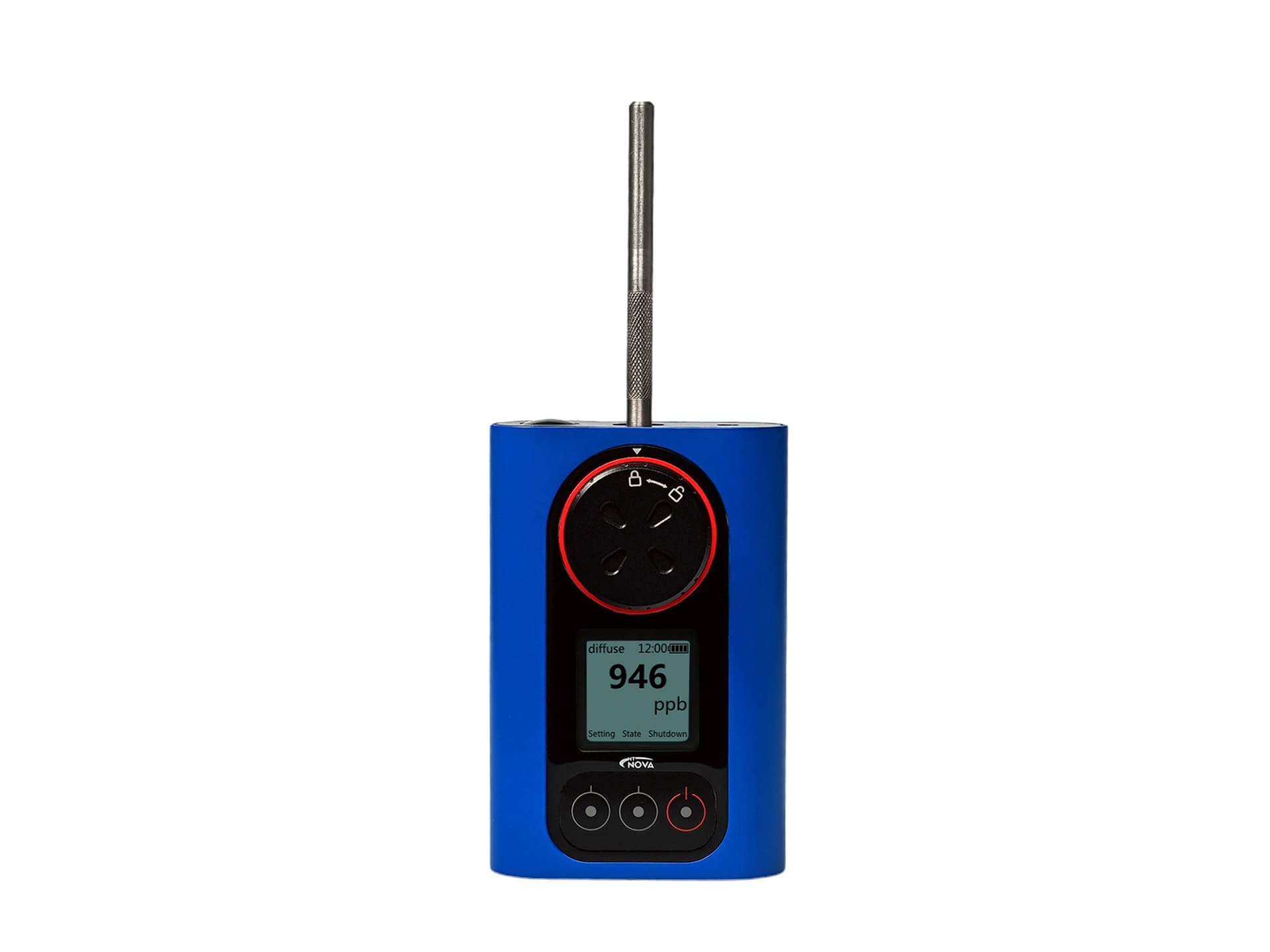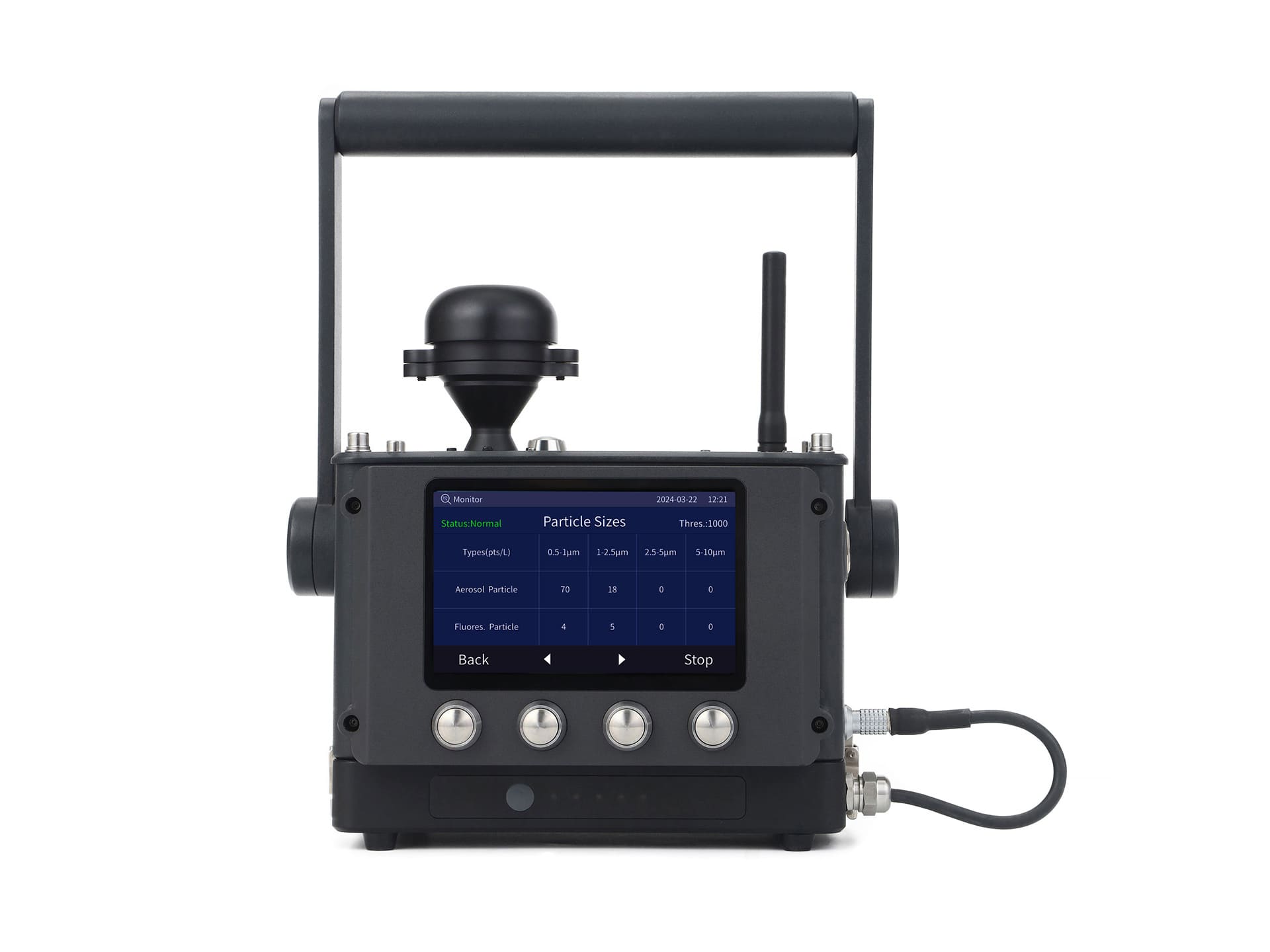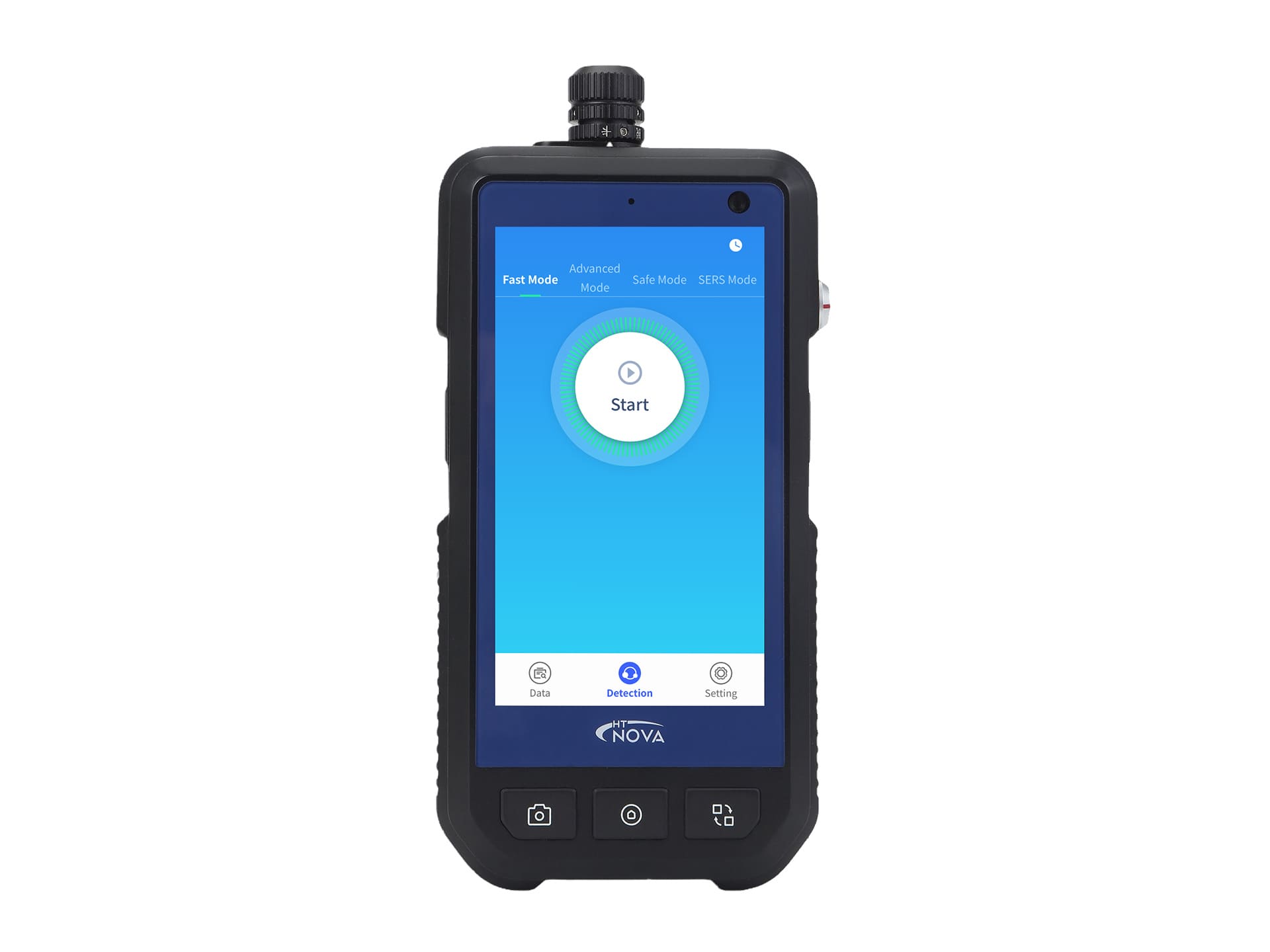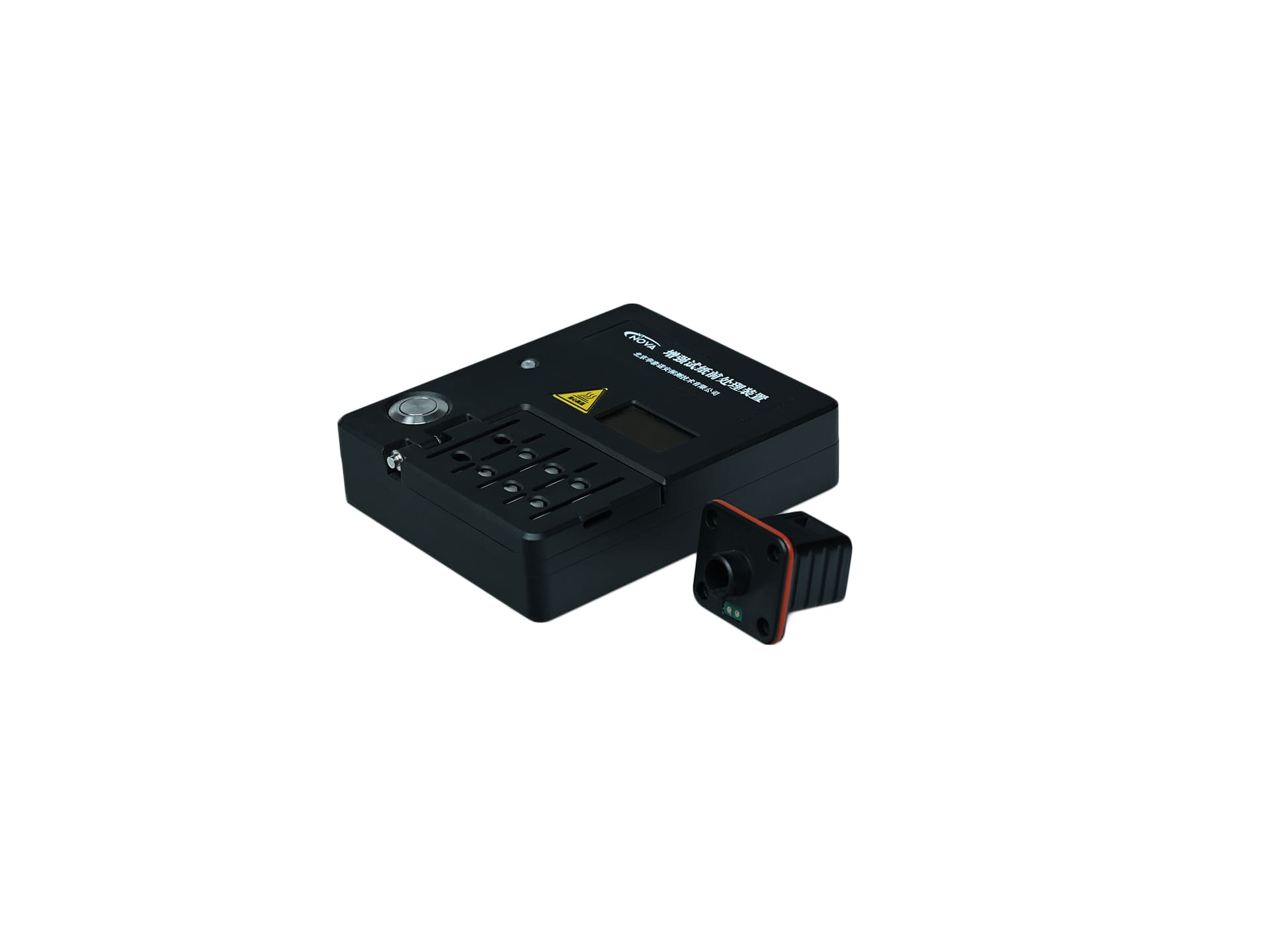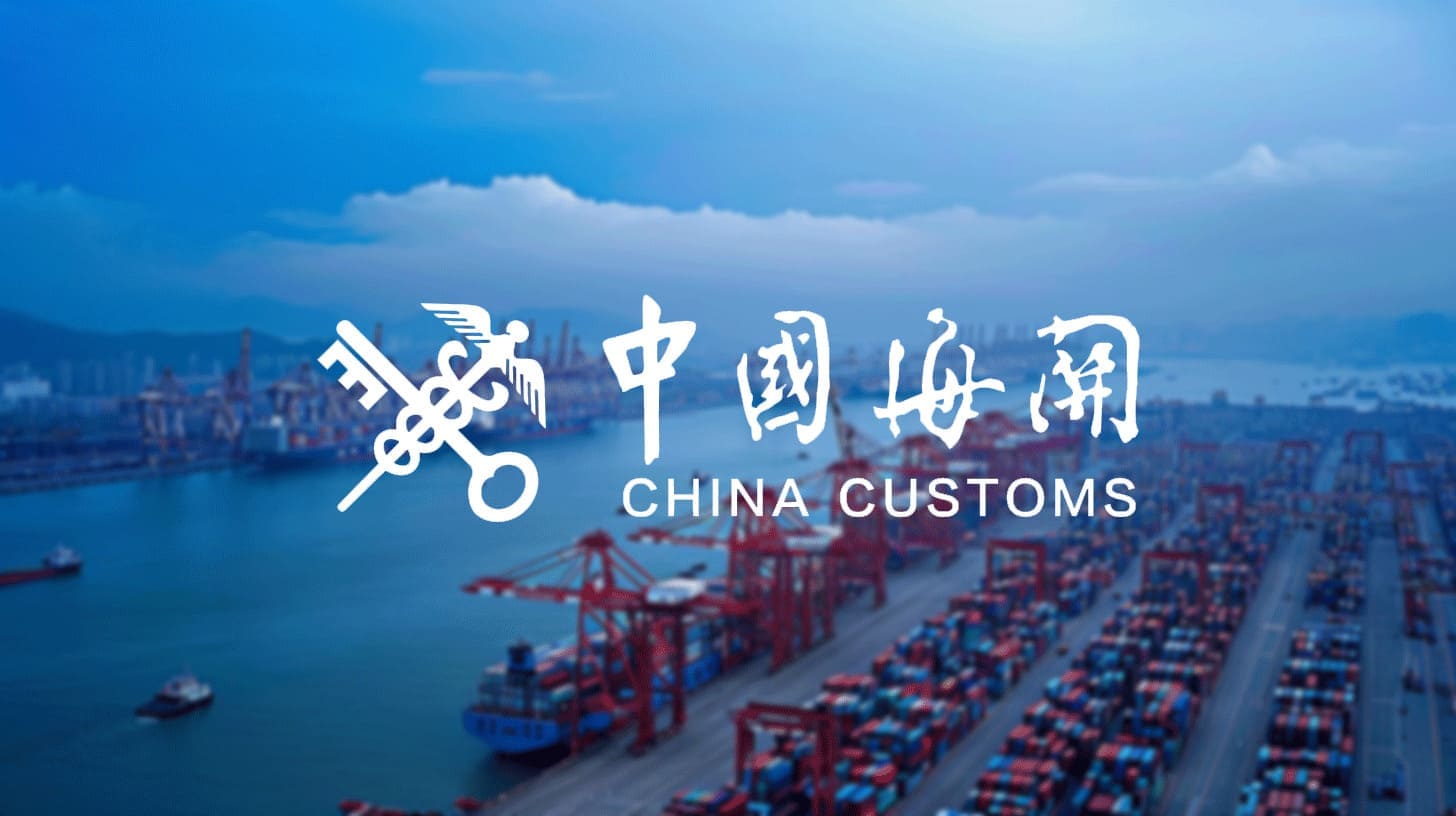
Customs
As the process of globalization deepens, the exchange of personnel and commercial trade between China and countries around the world has become increasingly intertwined. Alongside the abundant business opportunities arising from the substantial flow of people and goods entering and exiting various domestic land, port, and air ports on a daily basis, there are also significant security risks. In today's global spread of terrorism, international trade also provides terrorists with significant opportunities for destruction, which is becoming a growing concern.
Globally there are thousands of open ports, with a large volume of imports and exports of goods and inbound and outbound personnel. Considering the global security situation, the importance of counter-terrorism for toxic and hazardous materials at customs ports cannot be ignored in addition to routine security checks and inspection and quarantine work for goods. Especially around major domestic festivals and events, the occurrence of toxic and hazardous materials being missed or incorrectly identified during inspections may cause irreversible damage and serious harm to national security and social stability. Strengthening the first line of defense against terrorism at ports, and enhancing the real-time monitoring and counter-terrorism emergency response capabilities and technological equipment construction for toxic and hazardous materials at ports, have become urgent tasks for the current period of customs port counter-terrorism capacity building.
HT-Nova deeply understands the above situation and has long been committed to providing customers with advanced toxic and hazardous material detection instruments, technical consulting services, and system solutions. We have established good cooperative relationships with customs departments in multiple provinces and cities nationwide, casting a solid defense line to maintain the security of national import and export borders.
Reference Application Scenarios
Ensuring border security
Cargo Screening: Customs authorities use our equipment to screen imported goods for potential threats such as chemical, biological, radiological, and explosive materials. These sensors enhance security measures at ports and border crossing points, ensuring the safe and legal transport of goods while preventing the entry of dangerous or prohibited items
Contraband Detection: Customs and border protection agencies utilize CBRNE sensors to detect illegal substances in cargo, luggage, and mail, including drugs, explosives, and chemical weapon precursors. These sensors play a crucial role in intercepting contraband and preventing its entry into the country
Border Surveillance: Monitoring potential security threats, including the smuggling of drugs, explosives, or chemical weapon precursors. Integrated with border security systems, these sensors enhance surveillance capabilities, supporting the detection and suppression of illegal activities
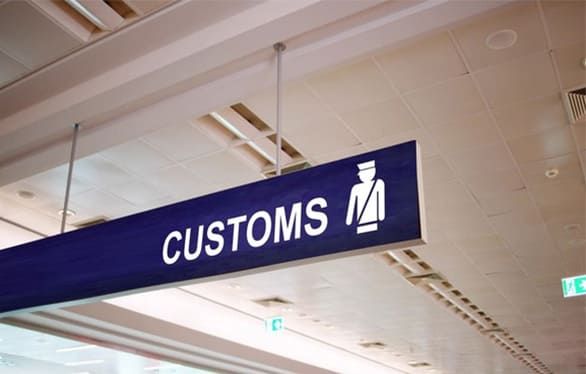
Enhancing trade compliance monitoring and port security
Trade Compliance Monitoring: Customs can utilize our equipment to prevent contraband and smuggling activities. Our devices are capable of detecting illegal substances such as drugs, explosives, and chemical weapon precursors and can be deployed for monitoring at international borders. Through real-time monitoring and data recording, customs can promptly detect and intercept illegal substances, safeguard public safety, and enforce trade laws
Port Security Enhancement: Used for seaports and maritime terminals, enhancing security measures to prevent the entry of hazardous or prohibited materials (including chemical, biological, radiological, and explosive substances). These sensors help protect critical infrastructure and promote secure and reliable international trade
